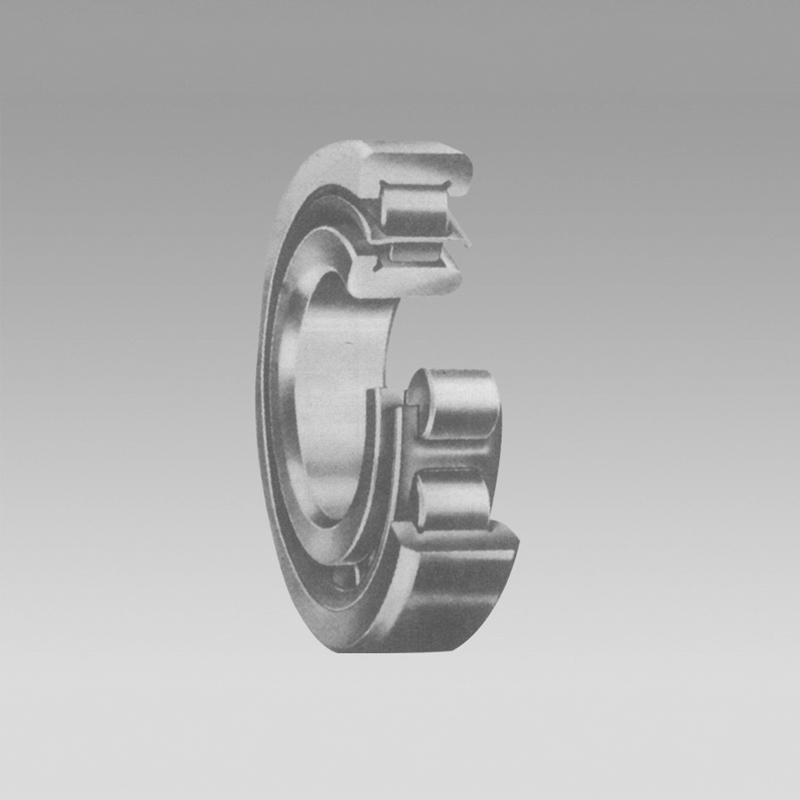
Nov . 02, 2024 14:10 Back to list
Understanding the Properties and Applications of 23236 Bearing in Machinery
Understanding the 23236 Bearing Insights and Applications
Bearings are an essential component in various mechanical systems, allowing for the smooth and efficient transfer of motion between parts. Among the diverse types of bearings used in industry, the 23236 bearing stands out due to its specific design and application features. The designation 23236 typically refers to a spherical roller bearing, which is known for its versatility and efficiency in handling radial loads and moderate axial loads in both directions.
Design Features
The 23236 bearing is characterized by its spherical rolling elements, which allow for self-aligning capabilities. This design feature is crucial for applications where shaft misalignment may occur due to installation errors, thermal expansion, or deformation over time. The spherical shape of the rollers provides a large contact area with the raceways, distributing the load evenly and reducing stress concentration.
The bearing consists of an outer ring, an inner ring, and a cage that holds the spherical rollers in place. The internal geometry of the bearing is meticulously engineered to accommodate both radial and axial loads, making it a preferred choice in applications subjected to high dynamic loads. The ability to handle varying load conditions without compromising performance is one of the key advantages of the 23236 bearing.
Applications
Given its robust design and functionality, the 23236 bearing finds applications across a wide range of industries. These include
1. Mining and Construction Suitable for heavy machinery which operates in harsh environments, the 23236 bearing can withstand the best and the worst conditions. They are particularly useful in excavators, bulldozers, and drilling rigs, where high loads and potential misalignment are common.
23236 bearing

2. Wind Energy In wind turbine applications, the bearings allow for smooth operation under varying load conditions due to changing wind speeds. Their self-alignment properties significantly enhance the reliability and longevity of turbine operations.
3. Agriculture Agricultural machines, such as harvesters and tillers, benefit from the durability of the 23236 bearing. The bearing's ability to efficiently handle both radial and axial loads ensures the smooth operation of equipment, which is critical during peak agricultural seasons.
4. Industrial Machinery Within manufacturing plants, conveyor systems and processing equipment frequently utilize the 23236 bearing. Its capacity to maintain performance under heavy loads makes it ideal for applications that require constant motion and reliability.
Maintenance Considerations
To maximize the lifespan and efficiency of the 23236 bearing, regular maintenance is essential. Proper lubrication is critical to prevent wear and tear due to friction. The choice of lubricant, whether grease or oil, should be consistent with the operating conditions, including temperature and load characteristics.
Additionally, periodic inspection for signs of wear, contamination, or misalignment is vital. Early detection of issues can prevent catastrophic failures and reduce downtime in production environments. It is advisable to adhere to the manufacturer's recommendations regarding maintenance schedules to ensure optimal performance.
Conclusion
The 23236 bearing exemplifies the significance of bearing technology in modern machinery and industrial applications. With its self-aligning design, ability to handle substantial loads, and versatility, it plays a vital role across several sectors, including mining, wind energy, agriculture, and industrial manufacturing. As industries continue to evolve and demand increased efficiency and reliability, bearings like the 23236 will remain fundamental to achieving these objectives. Regular maintenance and proper application usage will ensure these bearings continue to perform at their best, contributing to the overall success of machinery and operations where they are installed.
Latest news
-
Grooved Ball Bearing Design and Functionality
NewsJun.04,2025
-
Concrete Mixer Bearing Load Capacity Testing
NewsJun.04,2025
-
6004 Bearing Dimensions in Robotic Joint Designs
NewsJun.04,2025
-
Advantages of Single-Row Deep Groove Ball Bearings
NewsJun.04,2025
-
Applications of Deep Groove Ball Bearings in Automotive Systems
NewsJun.04,2025
-
Innovations in Bearing Pressing Machine Design
NewsJun.04,2025
